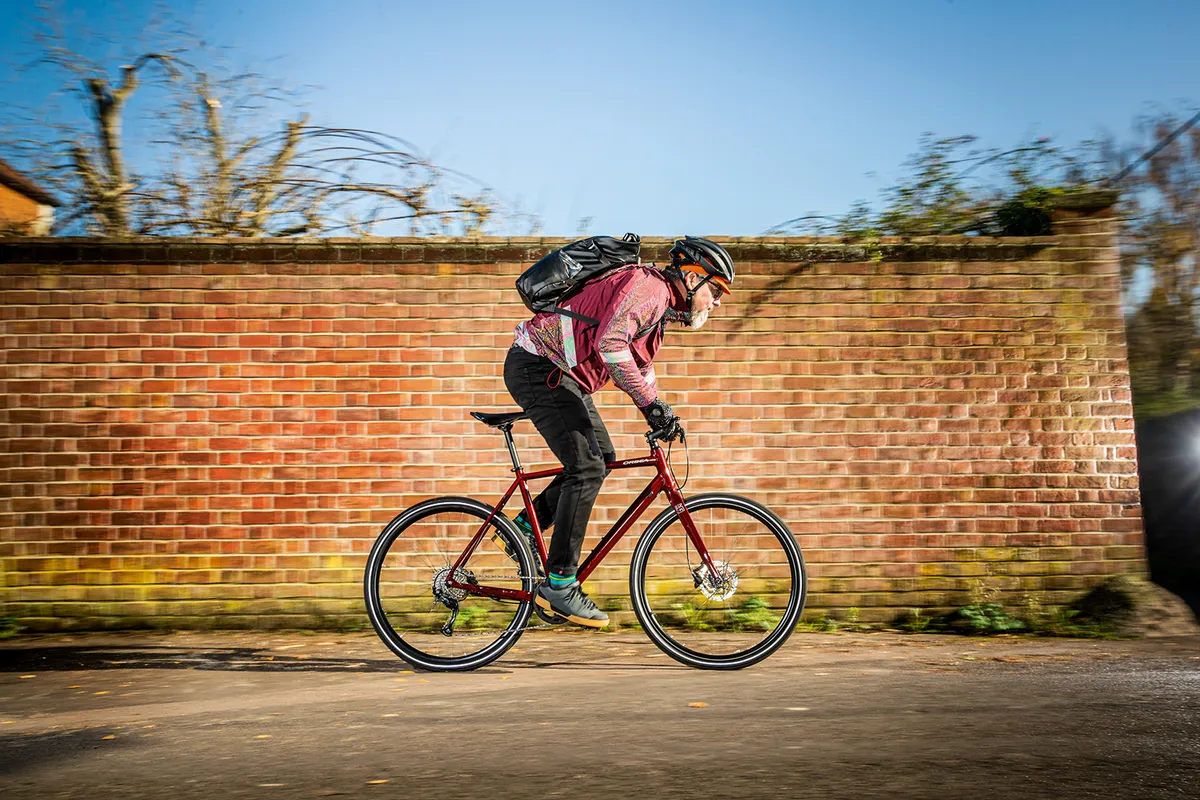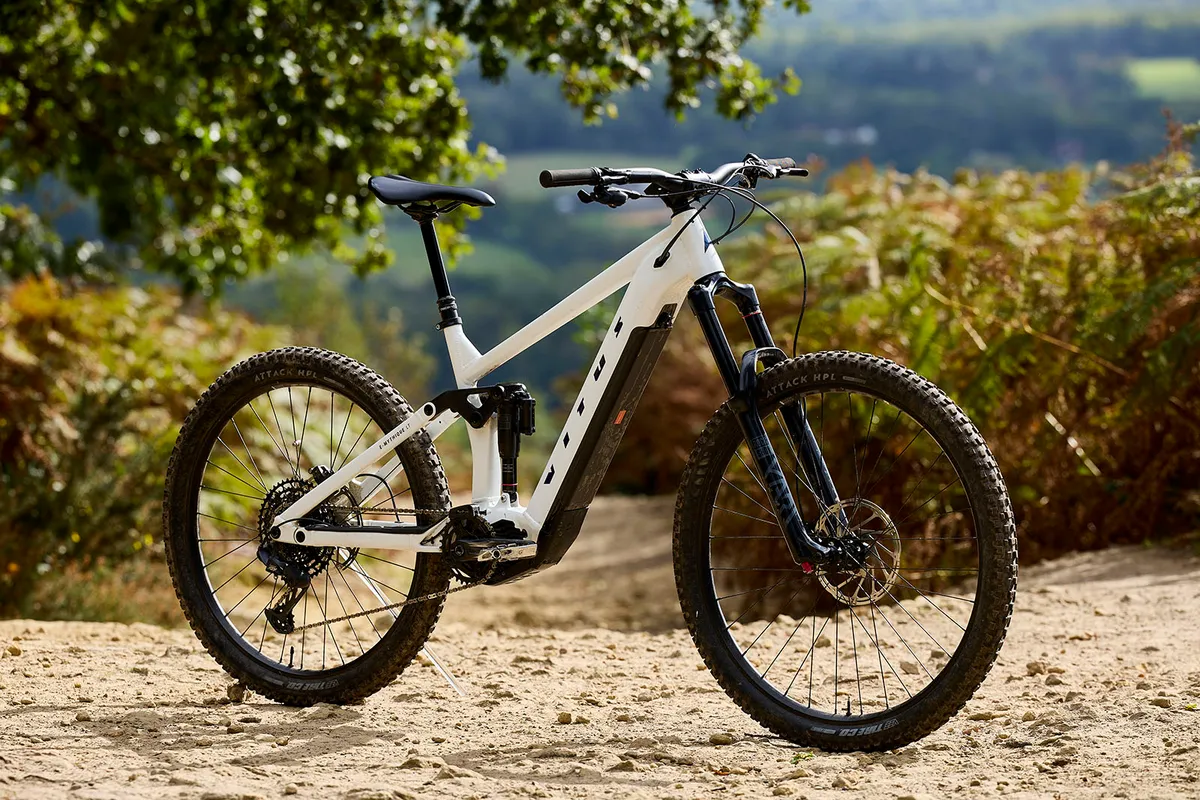The UK bicycle market is on the road to recovery, with sales of new bikes set to reach almost £1 billion in 2024, according to market research firm Mintel.
Mintel forecasts new bicycle sales will climb 12 per cent in 2024, with Britons set to buy 2.1 million bikes.
The research follows a rocky period in the British bicycle market, with declining sales since 2020 and familiar names such as Orange and Wiggle entering administration.
Last year, bike sales fell by 11 per cent to an estimated 1.9 million, down 42 per cent from a record high in 2020 of 3.3 million, according to Mintel.
However, 2024 looks to be more prosperous for the UK bike industry, particularly thanks to the rising popularity of electric bikes and more middle-aged women showing an interest in cycling.
Cost of living spurs cycling

The cost of living crisis has had varying impacts on the cycling industry.
Mintel’s leisure research category director Paul Davies says: “Rising living costs have severely impacted demand for new bikes and ebikes, which had already been suffering due to COVID-19 related supply-side issues.”
The national trade association for the cycling industry in the UK, the Bicycle Association (BA), revealed in August last year that the cycling market had hit its biggest slump in two decades.
According to Cycling Weekly, John Worthington, head of insights at the BA, said the dip in demand was compounded by the cost of living crisis.
Despite the decrease in sales, Mintel says the increased cost of living has also spurred an uptake in cycling. Mintel says 34 per cent of Brits are cycling more than they did a year ago to reduce spending on fuel or public transport.
This echoes research conducted by the Cycle to Work provider Cyclescheme in 2022, which claimed you can save £750 per year by cycling to work or more, depending on where you live.
Cyclescheme also found 46 per cent of people would rather cycle to work than spend money on travel and 67 per cent of Britons started or considered cycling to work to decrease travel costs.
The advocacy group Cycling UK similarly found an increase in prices at the pump led to an uptick in cycling.
Mintel says it is only now inflation has begun to ease and there have been signs of wage growth that recovery in demand for new bikes is under way.
Popularity of ebikes – and buying second-hand

Mintel previously revealed electric bike sales accounted for 23 per cent of bicycle sales in the UK in 2020.
Based on a survey of 2,000 people, Mintel predicts electric bikes will be the most popular type of bike cyclists plan to buy in 2024, even if they account for a slightly smaller proportion of the market.
“Nearly a fifth (19%) of those who plan to purchase a bicycle for themselves in the next 12 months plan to buy an ebike,” Mintel says.
Mintel hasn’t elaborated on what type of ebike people intend to buy. But last year eMTBs were the only sub-category of ebikes that were up compared to 2022, according to the BA.
Mintel has also found 49 per cent of current and potential cyclists agree they are more likely to buy a second-hand bike than a year ago.
Overcoming the gender gap

Mintel says the increase in cycling during the Covid-19 pandemic has “done nothing to narrow the long-standing gender imbalance in participation” in cycling, with 41 per cent of men currently cycling compared to 22 per cent of women.
However, there is now notable interest in cycling among women aged 16 to 64 years old. Interest peaks at just over 40 per cent among women under 45, but is also high among 45 to 64 years old at 34 per cent, according to Mintel.
“Overcoming the considerable gender gap in cycling has been a challenge the industry has long struggled with, however, it remains a market opportunity that cannot be ignored,” says Davies.





